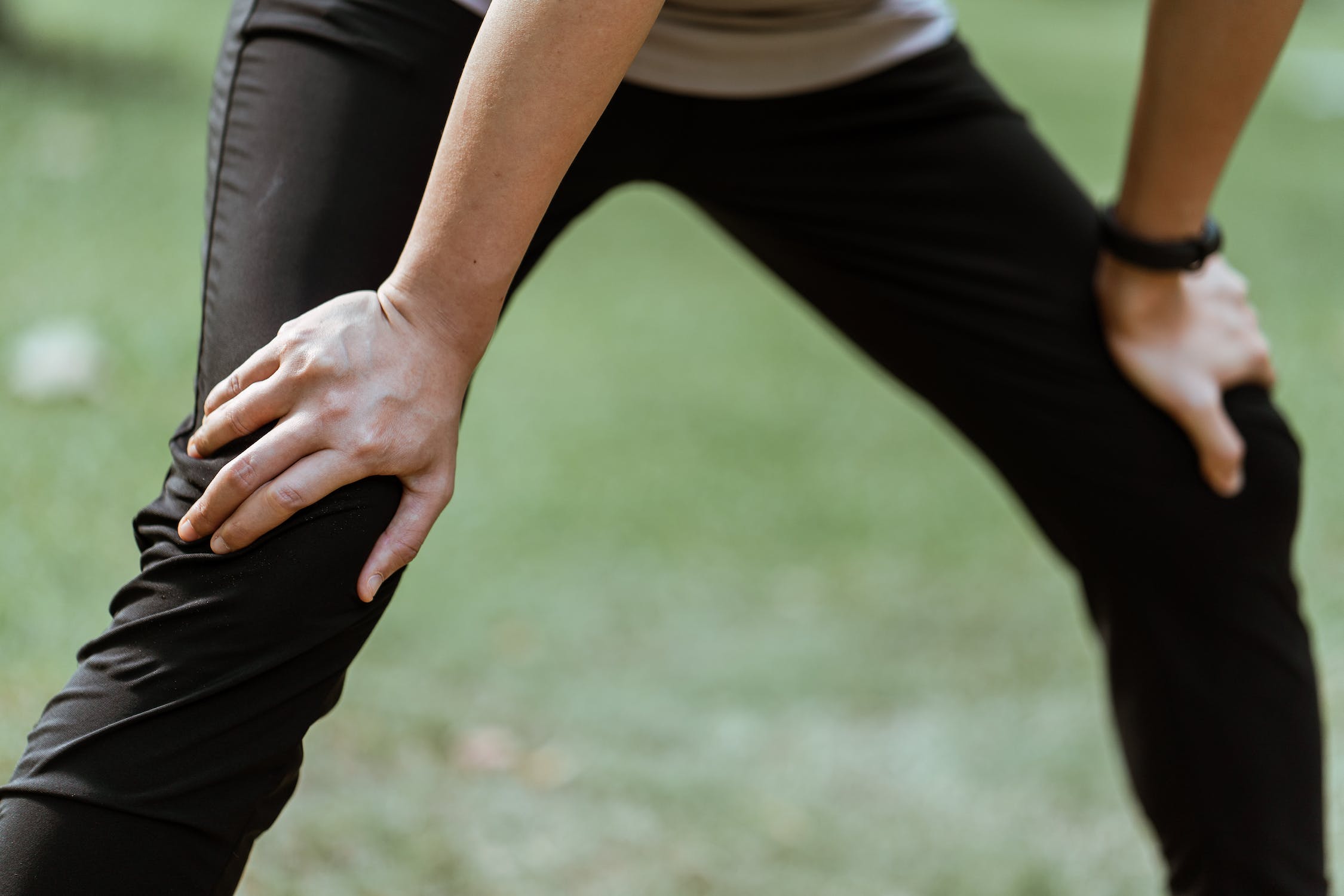On Wed, Aug 14, 2024 from 5:30pm - 6:30pm, we are hosting a FREE Hip Pain Workshop [ Online
] - Click here for more info
February 7, 2024

Patellar Tendinitis or “jumper’s knee” is inflammation of your patellar tendon which is the connection between your knee cap and your shin bone. This tendon is designed to transfer the force from your quadriceps (or thigh muscle) to the lower leg the provide movement or support, such as during walking, running, jumping, or squatting. With high levels of repetitive loading/stress on the tendon, beyond what the tendon is capable of handling, the tendon can become irritated and inflamed. This is typically felt as pain at the front of your knee which worsens with impact activities (such running or jumping) or repetitive loading (such as stairs or squatting or rising from a chair).
Risk factors for developing patellar tendinitis include repetitive impact activities, poor movement patterns, stiffness or tightness around knee joint, weakness of leg or hip muscles, or increasing training/activity too quickly.
Treatment initially is focused on reducing the acute pain and swelling via ice and anti-inflammatories (if needed). A short pause in participating in the aggravating activity/sport may be recommended to allow healing. Physical therapy and exercise are the gold standard for treating patellar tendinitis. A combination of mobility and strengthening activities will be used to ensure the knee joint, and therefore the patellar tendon, are moving appropriately. Depending on activity or your goals, a running or jumping analysis can be performed to determine if movement patterns need to be modified. Once symptoms have improved, progressive activity is reintroduced to ensure tolerance.
During recovery or when symptomatic, a patellar strap can be worn over the patellar tendon. This strap acts as a counterforce to take stress off of the attachment points of the tendon this reducing irritation. This is typically worn during sporting activities, but can be used daily if needed.
The most important part in treating patellar tendonitis is determining why it happened to begin with. Many times the tendon doesn’t just start to get inflamed without more stress or strain being put on it. Potentially from flat feet, tightness in heel bone or limited hip motion and weakness. Figuring out what, biomechanically, caused increase stress to that area to cause the initial inflammation is ultimately going to ensure long-term success. If you have been treated for this condition in the past, and your provider did not consider the deeper root cause of the problem, it may be worth having another evaluation looking at that.
If you or someone you know is dealing with patellar tendinitis, and are not noticing improvement, consider scheduling an evaluation with a New Life Physical Therapist to evaluate and develop a personalized treatment plan.